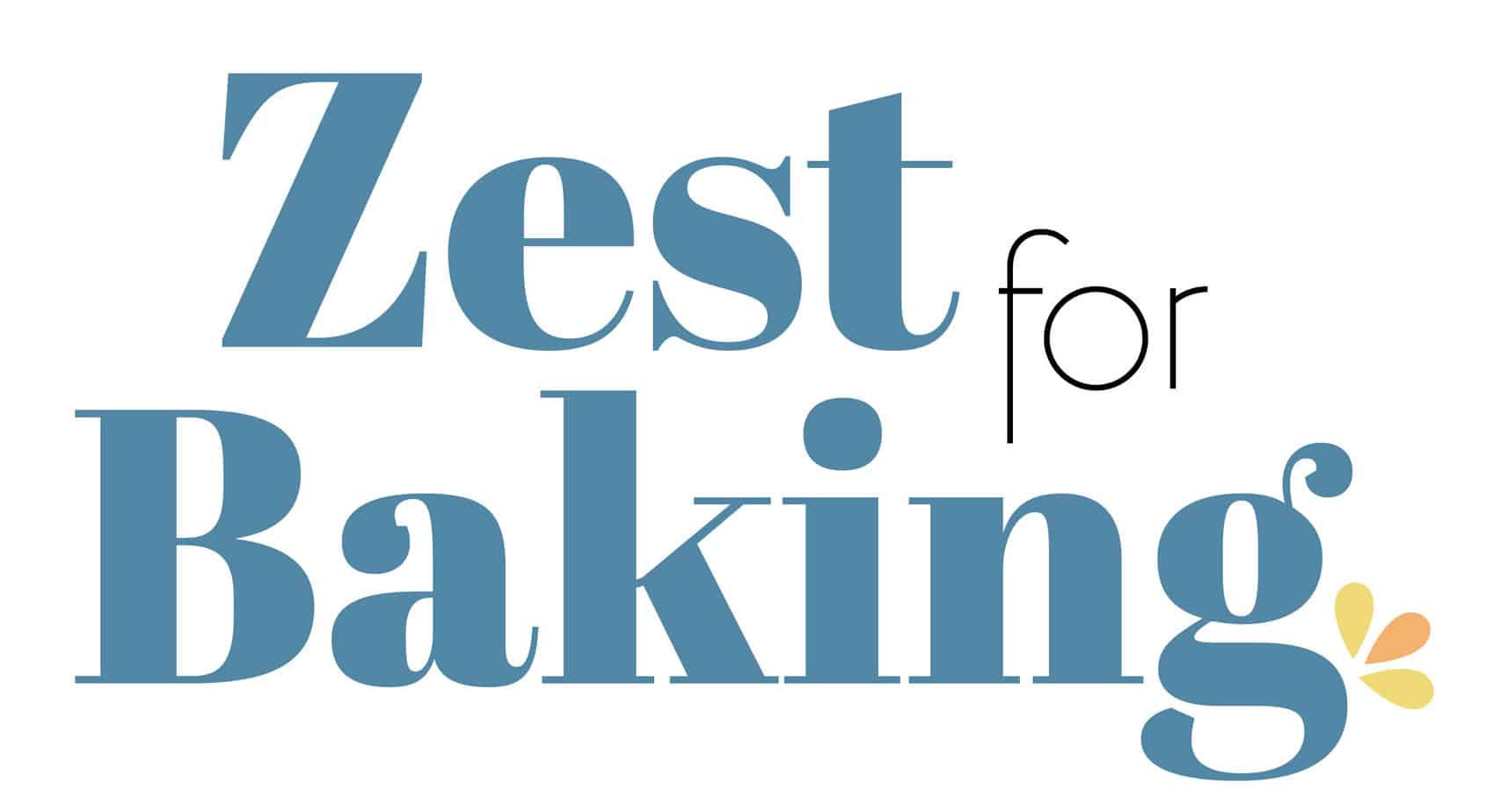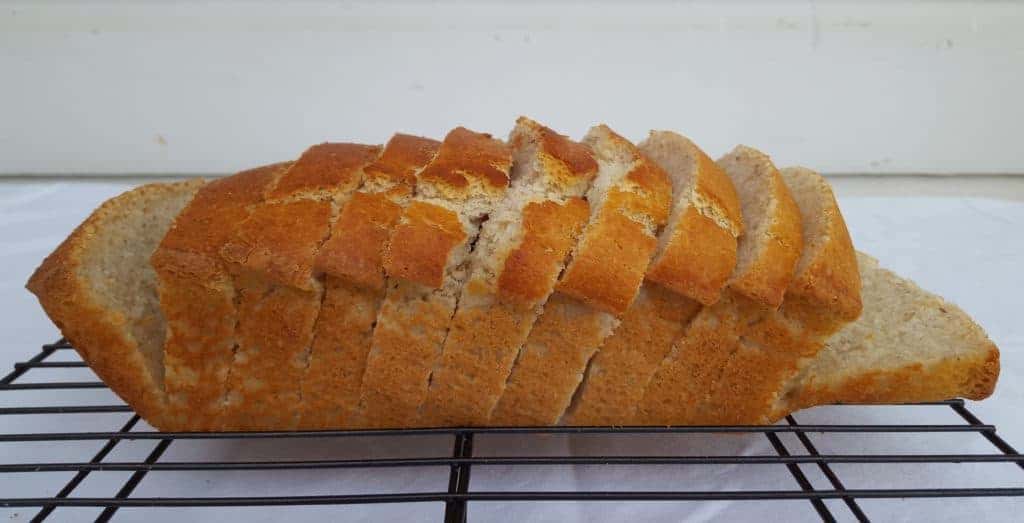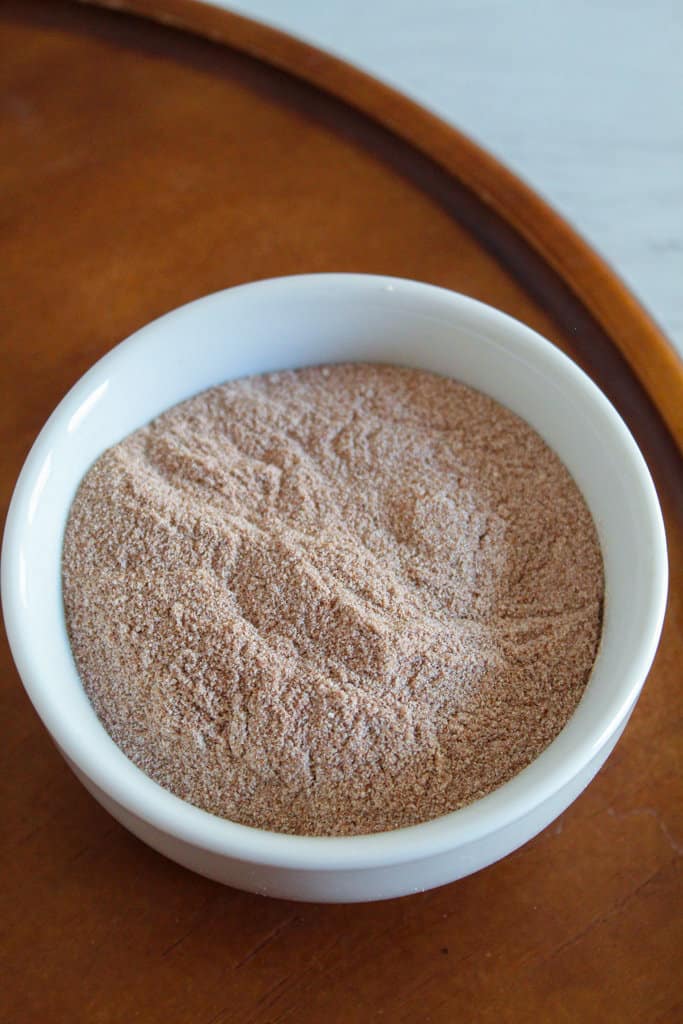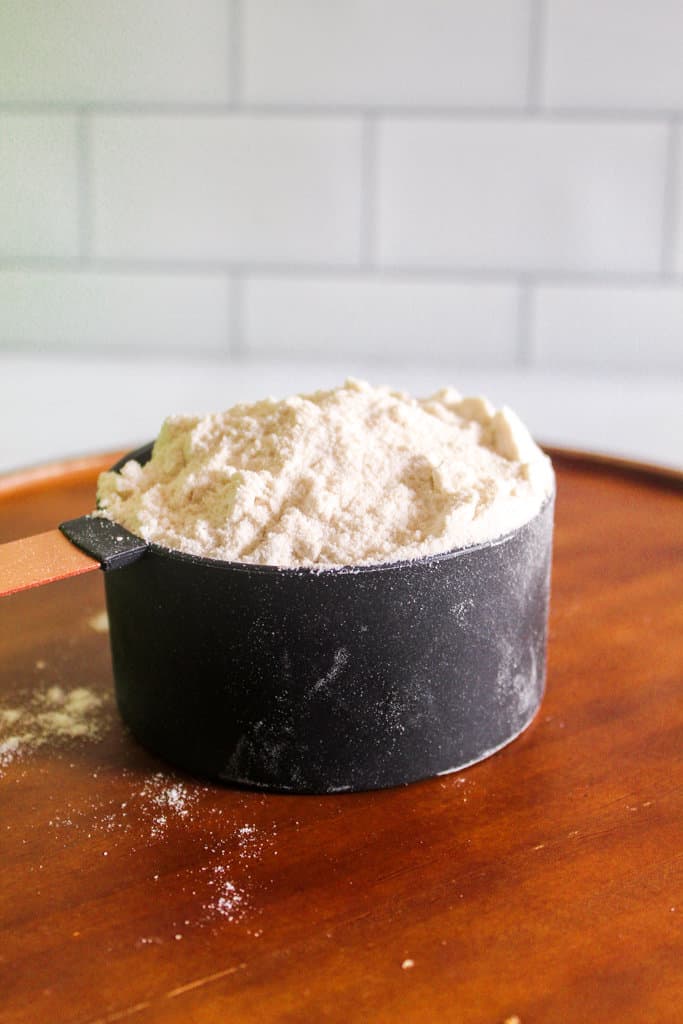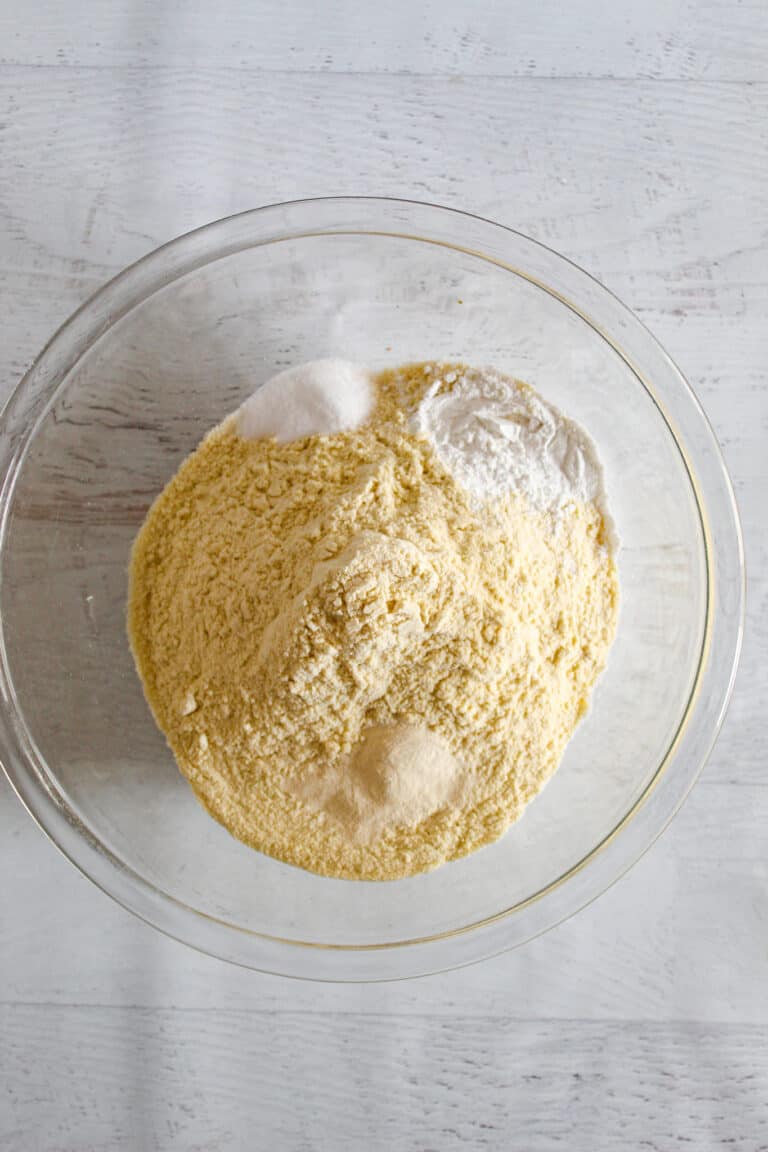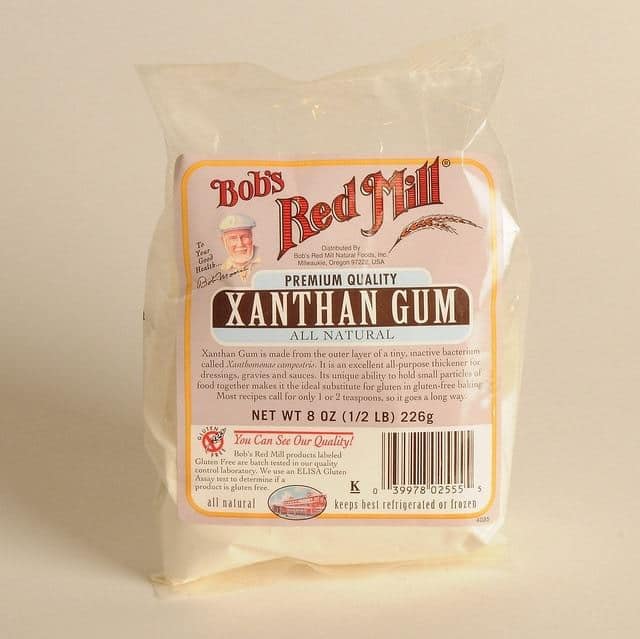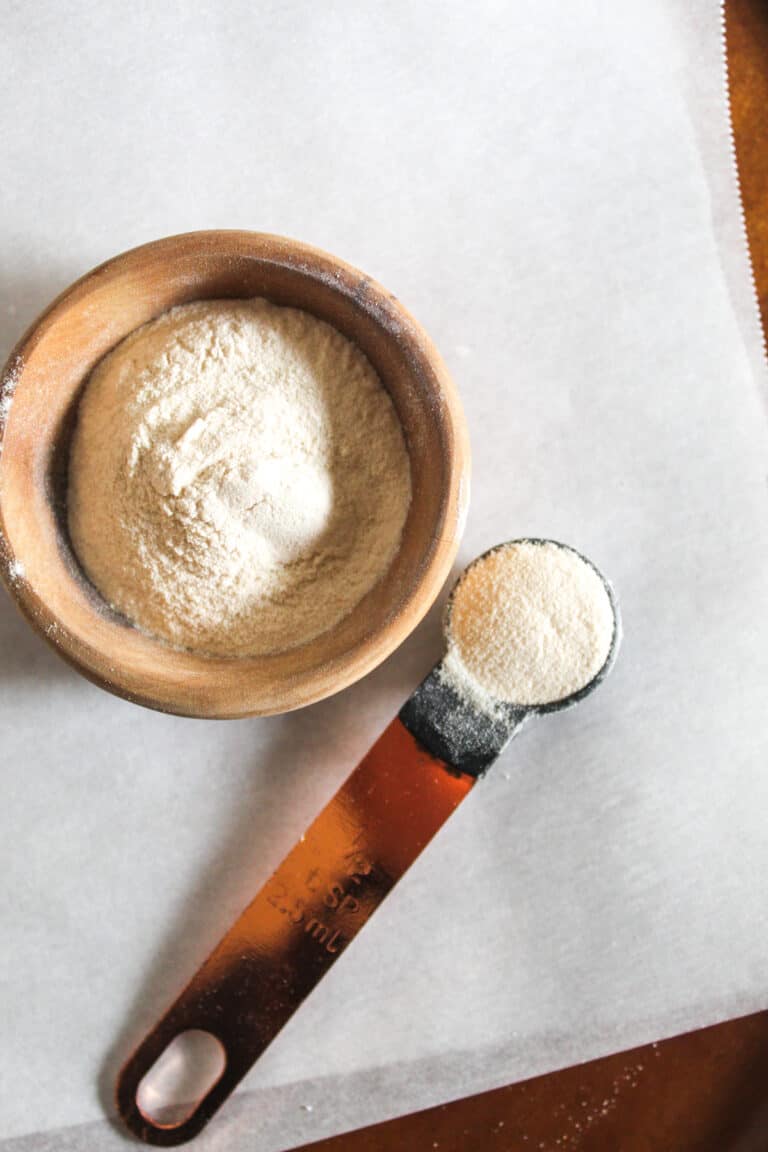How to Make Gluten Free Bread without Xanthan Gum
Xanthan gum, or any other gums for that matter, has always been thought of as a necessary ingredient in gluten free baking. The assumption comes from the fact that since there was no gluten in the recipe, you’d need to use something to acts as a gluten replacer. Xanthan gum and guar gum stepped in to try to fill that void.
But, as it turns out, gums sometimes cause more trouble than they are worth. They don’t always agree with digestive tracks and they may not be the best thing to put into your body.
See this article about how xanthan gum to learn how actually made. It is safe to consume in moderation, but people with digestive issues could experience the laxative effect that xanthan gum is also responsible for.
As an affiliate partner of various brands and sponsored content, Zest for Baking may earn commission on qualifying purchases. Disclaimer
You’ve probably seen xanthan gum listed as an ingredient in countless gluten free recipes. Breads mainly, but pancakes, biscuits and muffins aren’t excluded either. So that brings up the next topic in the Gluten Free Bread Baking Problems, Answered series…
How to make gluten free bread without xanthan gum
A brief history of xanthan gum
According to LiveScience, xanthan gum has been a stabilizer in our food since around 1969. It’s now found in everything from salad dressings to breads to wall paper. And the fact that it’s mass produced for all these uses means xanthan gum is big business.
Back in the 1970’s, xanthan gum was found to be extremely useful in thickening liquids. This is probably how it crept its way into gluten free baking. It worked for dressings and whipped cream by binding the ingredients together, so it could do the same for breads that needed a binding agent.
Ideal solution, right?
But with any solution that seems ideal, there is the other side of the coin.
What to do if you want to avoid xanthan gum in your baking
Xanthan gum causes a lot of trouble for a lot of people. Especially those who already suffer from digestive / stomach issues. So the only answer in that case is to avoid it all together.
But because xanthan gum does have that stabilizer / binding quality, in many recipes that effect is still needed, so if you want to avoid it, you have to replace it with something else that will work the same way. Or as close to the same way as possible.
If you’ve been following me for any time, you’ll notice that I am slowly converting all my recipes to replace the xanthan gum. Here are some of the best solutions for replacing xanthan gum in your gluten free recipes…
Eggs
Street Directory mentions how eggs can be used as a binding agent. But most recipes already contain eggs so what then? Well an option would be to use an extra egg white. This is a great option if you eat eggs. But if you can’t, keep reading.
Chia seed / golden flax meal
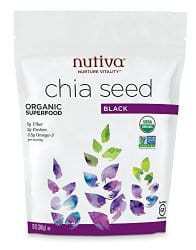
(This is a Zest for Baking original!) This just might be one of the best kept secrets for making gluten free bread without xanthan gum. A combination of chia seeds and golden flax meal mixed with water. Not just chia seeds or just flax seeds, but a combination. And go with the golden flax, not regular ground flax seed, it bakes up really nice in your breads.
Here is the reason I am a big proponent of combination baking: In every recipe we have on the website, even in the bonus included with my masterclass, combinations are everywhere – from flours to starches to binding agents. I’ve found that this is the best way to go for replacing ingredients. Use a half and half ratio. For a first-hand look, check out this sandwich bread recipe.
Psyllium husk powder
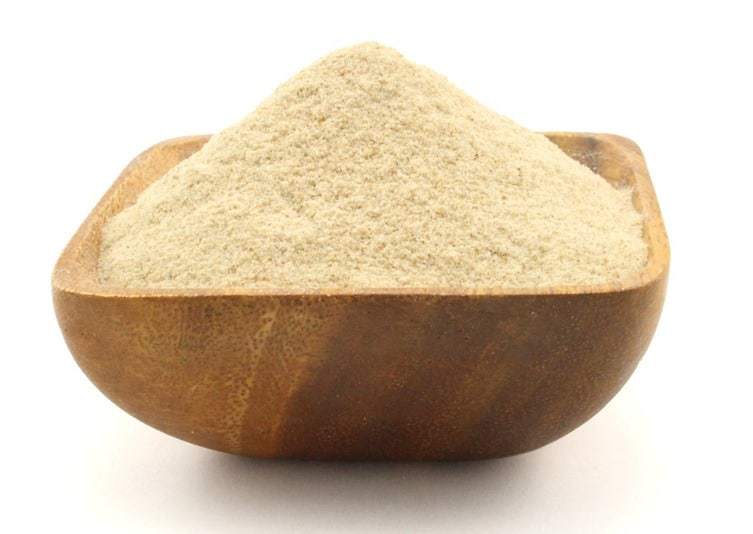
Psyllium husk powder is pure dietary fiber. Think Metamucil. But before you fear that this is not the direction you want to take your gluten free breads, consider this – used in small amounts, it will not send your friends and family running for the bathroom. In fact, in some recipes, like this cinnamon raisin bread, just a small amount is needed.
Gelatin
Gelatin is also an option for replacing xanthan gum in a recipe. But it is NOT vegetarian! It's made from ground up animal bones and hooves, so should be avoided. But if you want to use gelatin to replace the gums, the gelatin would need to be doubled. So if the recipe calls for 2 tsp. of xanthan gum, use 4 tsp. of gelatin.
How to Make Gluten Free Bread without Xanthan Gum - Conclusion
One other point to keep in mind when making gluten free bread without xanthan gum is to incorporate a ‘stickier’ flour. When you take out the binding agent in your breads, muffins or cookies, choose a flour like sweet rice flour to create a texture you’d get with xanthan gum, only without the side effects.
For the latest on this series and other special recipes, join our newsletter.
